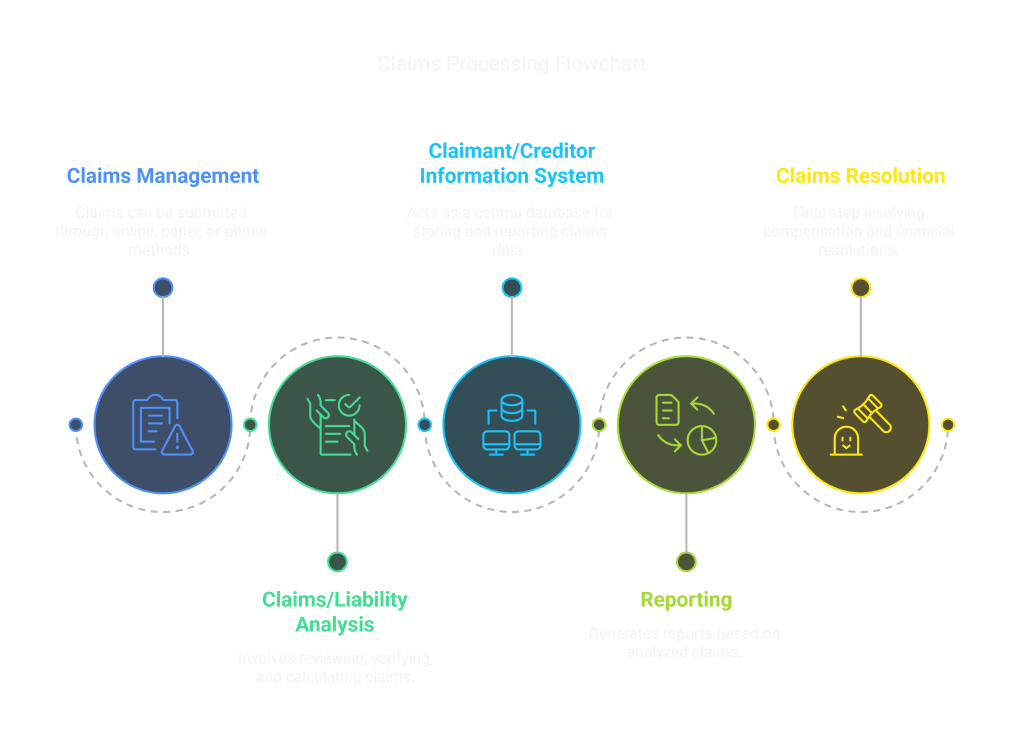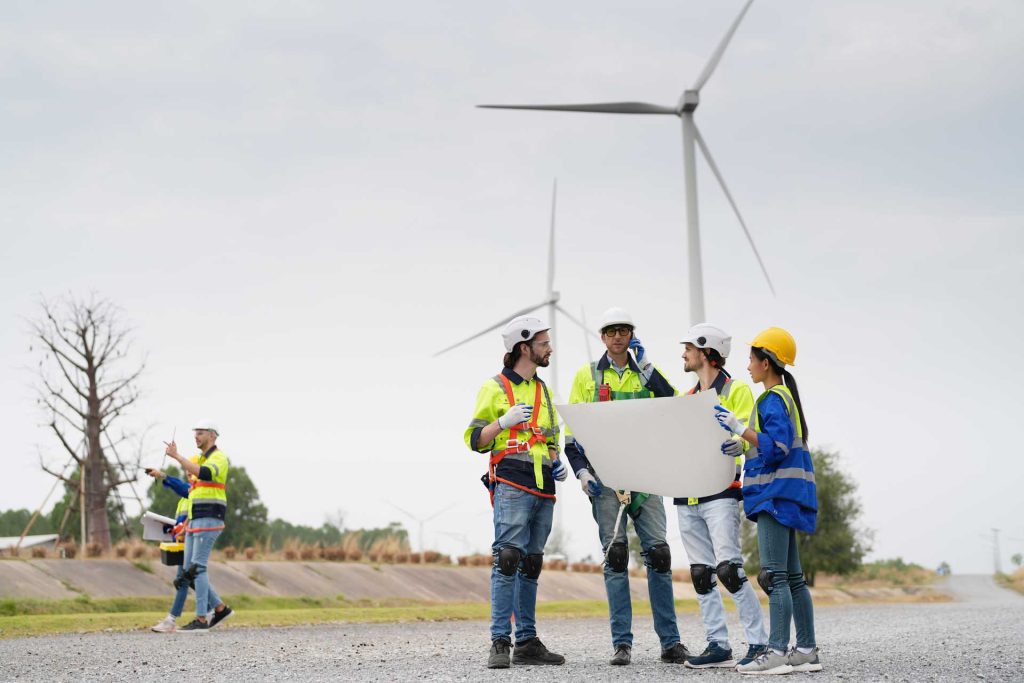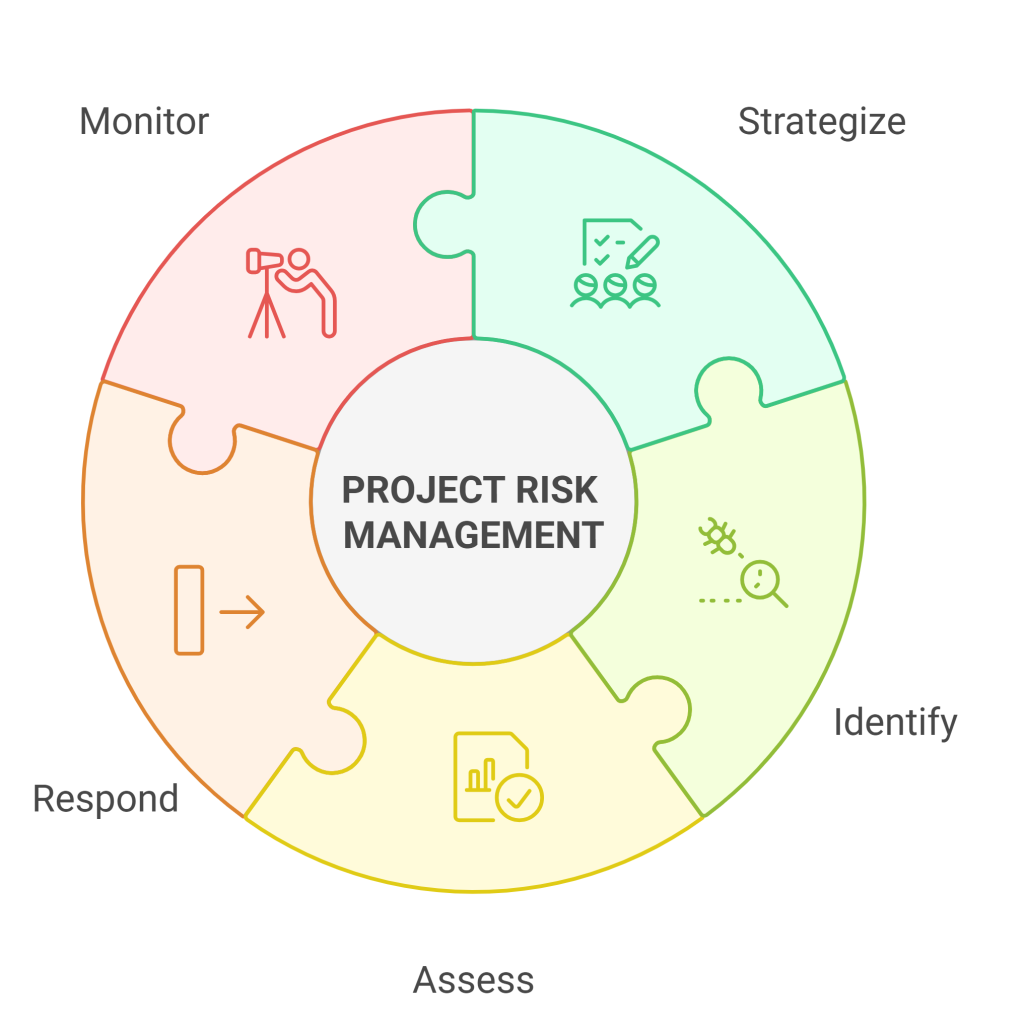Claims Management
DIASOZO Claims management services are a core part of our business. Working with clients, we offer a complete claims management solution for companies, we specialise in claims management for projects.
Outsourcing claims management to DIASOZO will help reduce claims costs, improve loss ratios, increase efficiency, and ultimately improve your bottom line.
Efficient, Transparent & Proactive
Our Claims Management Approach
As an experienced project management company we know how to efficiently and effectively manage your claims. We take a proactive approach to claims investigation and settlement in a bid to reduce the cost of the claim. At the same time, our knowledge and experience means we can effectively manage customer expectations, and balance these with the obligations of their policy.
Our approach to claims is inclusive and transparent, ensuring that you, and all relevant parties are kept informed through regular progress meetings, and by advocating regular and open communication at all times.
We have a dedicated, professional team, who are fully qualified and highly experienced in insurance claims management.
Our claims management services cover every aspect of the claims process, from claims notifications, and investigation right through to claims settlement.
We aim to reduce your claims costs through the efficient and effective management and resolution of all claims.
Whether you need to outsource part or all of your claims handling, we can help.
Our Vision
Subcontracting Execution
All subcontracting activity will be carried out in compliance with DIASOZO’s comprehensive policy and procedures in order to ensure fairness, confidentiality and an ethical approach.
The key elements in DIASOZO’s subcontracting planning process are:
Prequalification
Tender list development
Tender process management and evaluation
Presentation of the award recommendation
Contract execution with the selected subcontractor
Subcontract administration.
The activities up to contract execution will carried out by the subcontracts manager. Following contract execution, the contracts administrators will perform general contract administration functions, progress tracking, invoice checking, change management and claims avoidance activities.
During this phase the supervisors will provide oversight to ensure DIASOZO policies and procedures are consistently applied.
DIASOZO will involve the client fully at the following key stages in the subcontracting process:
- Subcontractor list – approval of list
- Invitation to tender – review of tender documentation
- Recommendation for award – review of DIASOZO’s evaluation and recommendation for award of the contract
- Executed contracts – on request, provide details of the executed contracts
- Close-out – provide the client with close-out reports and documentation.
All subcontracts will be enquired, negotiated, awarded and managed through DIASOZO’s contract management system (CMS). CMS provides the subcontracts organisation with enhanced visibility and management of all subcontracts and deliverables, and provides security for data and the evaluation process.

Risk Management
Empowering wind energy with innovative solutions, enhancing efficiency, and reducing costs for sustainable growth in the renewable sector.




The responsibility for risk management will rest with the Project Director. He will be assisted in his risk duties by the DIASOZO Risk Manager and the full project management team.
All members of the DIASOZO team will be responsible for the management of the risks in their functional area that might impact on project success. The underlying principle for risk management is by default any individual with personal or team goals for which they are accountable for delivery, is also accountable for managing risks to achieve these goals.
Underpinning this approach are:
- Having clear goals established
- Understanding the controls in place to deliver the desired result
- Identifying what is at risk
- Establishing ownership to manage risks at an appropriate level.
Risk response plans for risks that impact more than one area be coordinated at the project level, working with all impacted stakeholders to assure that management plans are consistent, avoid overlap, and leverage common solutions broadly across the project.
Risk management will be an on-going process through the life of the project.
An initial risk identification workshop is the first step in the risk management process. Adequate response planning and closure of risks will be important follow-on activities for the process. It is expected that new risks will be identified and existing risks will be closed out as the various projects are progressed.
The DIASOZO risk wheel was adopted for the TotalEnergies’ AGUP project, and demonstrates the reoccurring steps in the through life risk management process. A key feature is that risks will be managed at the appropriate level and within the appropriate functional or organisational group. Each team will be responsible for managing its scope of work and deliverables within the constraints of cost, schedule and quality and this will include identifying and managing risks. Where necessary, risks will be elevated to project management team level to ensure the major risks to project execution receive the necessary attention and resources. There will be regular reviews of the risk registers and response plans.

Team Management:
- Working closely with the appointed Owner’s Engineer and existing project team, build out and lead a high-performing Risk team, ensuring effective collaboration and communication across all levels.
- Assign roles and responsibilities, provide guidance, and conduct regular performance evaluations.
Project Management:
- With the support of the appointed Owner’s Engineer, oversee all project risk and claims activities, ensuring adherence to project timelines, budgets, quality standards, compliance guidelines, and regulatory requirements.
- Coordinate and collaborate with cross-functional teams, including engineers, technical experts, contractors, and external stakeholders, to drive project execution and deliverables.
- With the support of the Owner’s Engineer implement effective project management methodologies, tools, and processes to monitor progress, identify bottlenecks, and initiate corrective actions.
- Work with certification agencies to safeguard that during project execution all regulatory requirements for product certification are considered and implemented.

